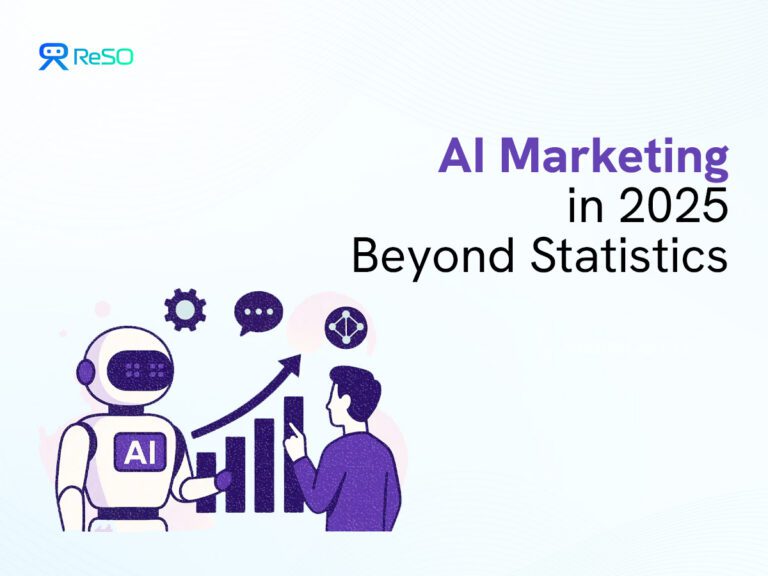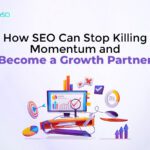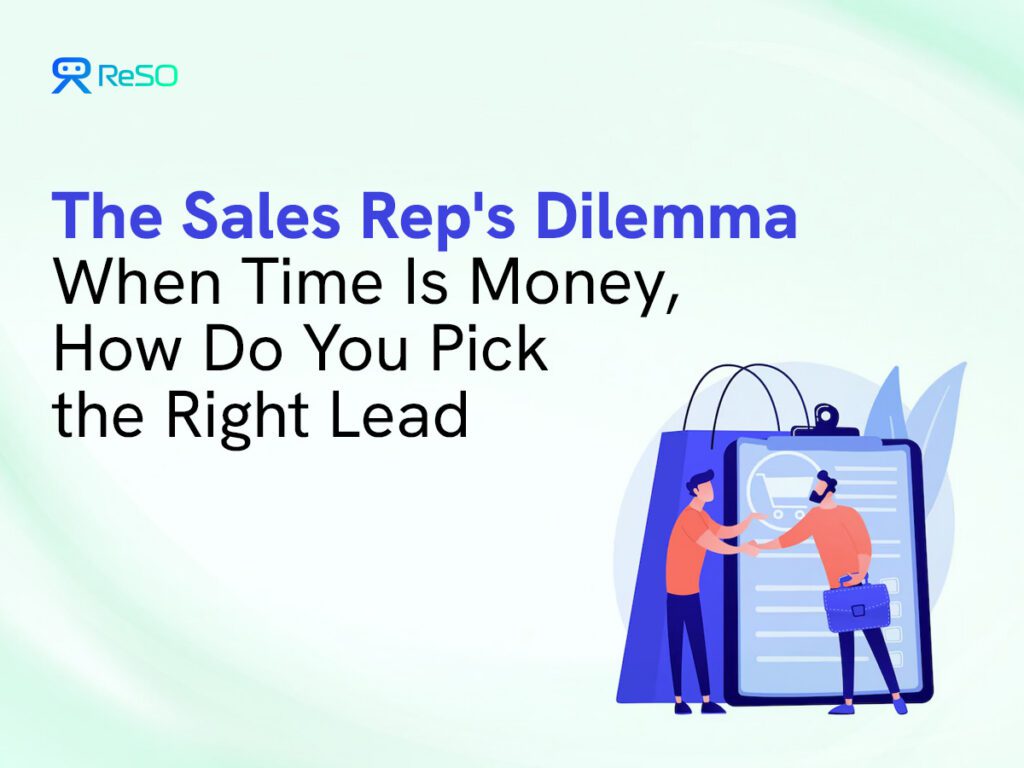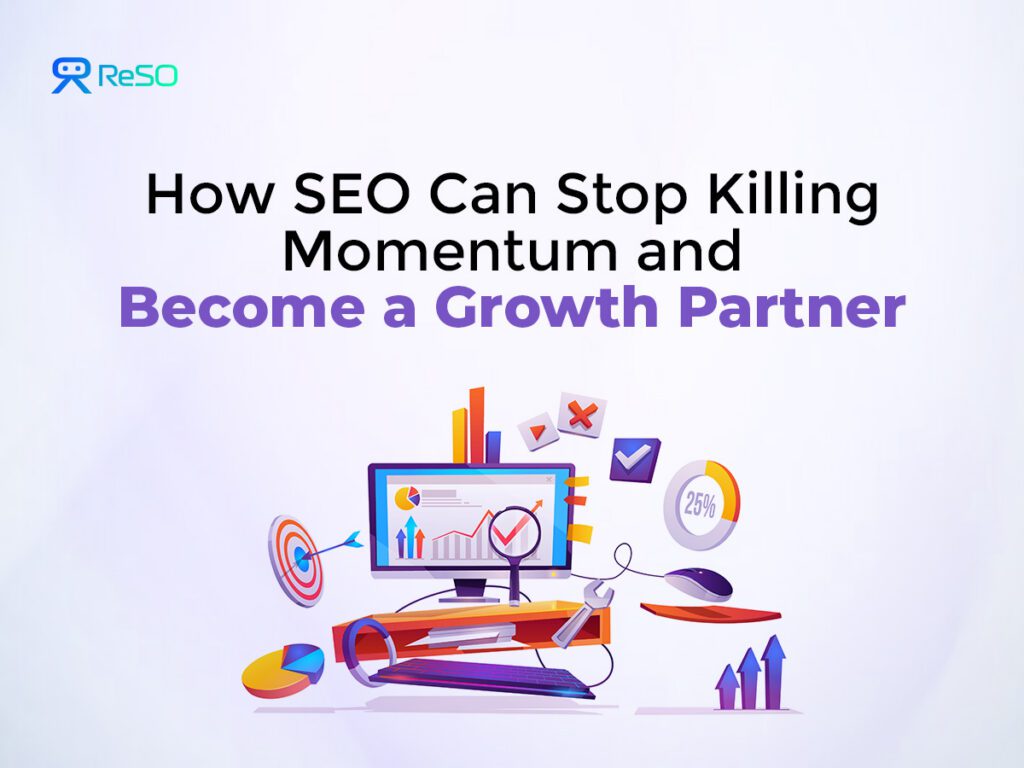You’ve probably seen those headlines screaming about AI taking over marketing. Google’s AI Overviews hit 1.5 billion monthly users. ChatGPT is everywhere. And suddenly, every marketer and their mom is talking about “AI transformation.”
However, the uncomfortable truth that most of those flashy statistics won’t tell you is that 87% of marketers are using AI for content creation, but only 24% have actually moved beyond pilot projects to see real business value. That’s a pretty massive gap between adoption and results, right?
The Three AI Ecosystems Actually Changing Marketing (And How They’re Different)
Google AI Overviews: The Traffic Disruptor
AI Overviews now appear in 12.8% of all Google searches by volume, and they’re reducing clicks by a significant 34.5%.
Translation? If you’re still banking on traditional SEO traffic, you need a backup plan. Fast.
However, 90% of buyers still click through to sources featured in AI Overviews. The game isn’t over, it’s just changed. Instead of optimizing for position #1 in search results, you’re now optimizing to be the source that AI trusts and cites.
ChatGPT: The Research Companion
- ChatGPT users click 1.4 external links per visit compared to Google users who only click 0.6 times.
- They’re also spending 8 seconds longer on sites when they do visit.
What does this mean? ChatGPT users are more engaged, but they’re doing their homework first. They’re coming to your site with intent, not just curiosity.
Perplexity: The Rising Challenger
While ChatGPT gets all the headlines, Perplexity has quietly overtaken Gemini as a traffic referral source. It’s becoming the go-to for users who want sources with their answers, making it particularly valuable for B2B marketers.
The Hidden Truth About AI Content Creation
- 74.2% of new webpages now contain AI-generated content, and 86.5% of top-ranking pages have some AI content.
- However, before panicking about AI taking over, 97% of companies still edit and review their AI content, and only 4% publish “pure” AI-generated content.
- The winners aren’t replacing humans with AI, they’re using AI to amplify human creativity and strategic thinking.
- Companies using AI are publishing 42% more content each month, but they’re not just cranking out robot copy.
- They’re using AI for the heavy lifting (research, first drafts, optimization) while keeping humans in charge of strategy, brand voice, and final quality control.
Why Most AI Marketing Initiatives Fail (And It’s Not What You Think)
DO YOU KNOW?
There’s no correlation between AI content percentage and search ranking position. We mean, none, ZERO. Which means the companies obsessing over AI content detection tools are missing the point entirely.
The real challenge isn’t AI detection, it’s implementation.
- 47% of AI projects are profitable
- 33% break-even
- 14% actually lose money
The difference between success and failure comes down to three factors:
- Data Infrastructure – AI is only as good as the data you feed it. Companies that succeed invest heavily in clean, integrated data before they even think about AI tools.
- Team Training – Organizations that train employees on AI see a 43% higher success rate. It’s not about replacing people, it’s about upskilling them.
- Strategic Integration – The most successful companies put 70% of their AI investment into people and processes, only 20% into technology and data, and just 10% into algorithms.
The 6-Step AI Marketing Implementation Framework
| Step | What To Do | How To Nail It & Example Actions | Mistakes to Avoid |
| 1 | Data Infrastructure Audit & Setup | Audit all sources, map flows, fix data quality, and create governance | Ignoring sync/gaps; poor validation |
| 2 | AI Use Case Identification | Prioritize 2-3 high-impact, low-risk use cases first | Spreading effort too thin |
| 3 | Tool Selection & Integration | Build if AI is your core edge; else, buy or partner for a quick win | Focusing only on new, shiny tools |
| 4 | Team Training & Change Management | Build phased training: start with literacy, then skills, then integrate | Not investing in people |
| 5 | Pilot Design & Execution | Run “Goldilocks” 90-day pilots. Optimize, measure, iterate fast | No clear metrics, no feedback loop |
| 6 | Scale, Optimize, and Iterate | Expand successful pilots in phases: perfect, expand, then transform | Scaling without adapting/learning |
The companies that successfully implement AI marketing aren’t the ones with the most sophisticated tools or the biggest budgets. They’re the ones that follow a systematic approach, focus on human-AI collaboration, and relentlessly optimize based on real results.
Advanced AI Marketing Strategies That Drive Real ROI
Your AI tools are humming along, your pilot programs are showing promise, and now you’re thinking: “What’s next?”
The advanced strategies that turn AI from a nice-to-have into a profit machine. We’re talking about the tactics that help companies see 20% revenue increases and 15% lower customer acquisition costs. No fluff, just results.
Predictive Customer Lifetime Value (CLV) Optimization
- The Old-School Way
Look at what customers bought before, put them in basic buckets like “spends a lot” or “spends a little,” then send everyone in each bucket the same emails. Pretty basic, right?
- The AI Way
Predict how much each customer will be worth in the future, then automatically treat them accordingly, before they even know what they want.
Instead of waiting to see if someone becomes your best customer, AI spots the signs early and rolls out the red carpet before they even realize they deserve it.
For instance, Sarah starts as a “budget-conscious buyer.” However, AI notices she’s opening more emails, browsing premium products, and engaging with your content more often. Boom! She automatically gets moved into your “high-potential” group and starts receiving different messaging, no manual work required.
Personalized Intervention Timing
This is where AI gets almost creepy-smart. It doesn’t just predict who might leave, it predicts exactly when they’re thinking about it.
For example, AI spots that your high-value customer Mike is showing early warning signs of checking out. Instead of waiting until he’s already got one foot out the door, it triggers a personalized “we miss you” campaign 30 days before he would typically churn. It’s like having a crystal ball, but for customer behavior.
Real-Time Behavioral Adaptation
Forget about personalizing based on what someone did last week. AI now personalizes based on what they’re doing right this second, combined with smart predictions about what they’ll do next.
- Someone lands on your pricing page and spends 2 minutes comparing your plans.
- They’re about to leave (AI can tell by their mouse movement and scroll behavior).
- Instantly, AI shows them a case study from their exact industry plus a limited-time discount.
All happens in real-time, tailored just for them. It’s like having a psychic salesperson who knows exactly what each visitor needs to hear.
AI connects all your touchpoints: your emails, social ads, website, and chatbot, so they’re all singing the same song based on what customers are actually doing.
Predictive Attribution
AI doesn’t just tell you what worked before, it predicts what will work next. Want to shift 20% of your budget from Facebook to LinkedIn? AI can model the likely results before you spend a dime.
AI can boost your marketing productivity by 40% and cut costs by 20%. But here’s the thing, it’s not about replacing your strategy brain. It’s about letting AI handle the tedious optimization stuff so you can focus on the big-picture creative work.
Content Marketing AI: Creation, Distribution, and Optimization
97% of companies edit and review their AI content? The winners aren’t using AI to replace content strategy, they’re using it to amplify human creativity.
Strategic Content Planning
AI analyzes your best-performing content and identifies patterns you’d never spot manually:
- Optimal content length for different funnel stages
- Topic combinations that drive the most engagement
- Content format preferences by audience segment
- Distribution timing for maximum reach
Performance Prediction
Before you publish, AI predicts how content will perform and suggests optimizations based on analysis of your historical content performance plus broader industry patterns.
Distribution Intelligence
Instead of posting the same content everywhere, AI optimizes distribution strategy for each platform:
- LinkedIn: Professional insights with data points
- Twitter: Key takeaways with engaging questions
- Email: Detailed analysis with clear next steps
- Blog: Comprehensive guide with internal linking
Small Business vs Enterprise: Scalable AI Strategies
Small Business AI Strategy: Start Small, Think Big
The Bootstrap Approach:
- Email Intelligence: Use AI for subject line optimization and send time prediction
- Social Media Automation: AI-powered content scheduling and engagement
- Customer Service: AI chatbots for FAQ and lead qualification
- Basic Personalization: Dynamic website content based on traffic source
Cost-Effective Tools: Focus on platforms that offer AI features within existing tools you’re already paying for, for example ReSO, HubSpot, Mailchimp, Shopify built-in AI.
Enterprise AI Strategy: Integration at Scale
The Systems Approach:
- Data Integration: Connect all customer touchpoints into unified AI platform
- Advanced Attribution: Multi-touch attribution across all channels and campaigns
- Predictive Analytics: CLV modeling, churn prediction, demand forecasting
- Automated Optimization: Real-time budget allocation and campaign optimization
- Small businesses should focus on AI tools that deliver immediate ROI with minimal setup.
- Enterprises should invest in AI platforms that integrate with existing systems and scale across multiple business units.
The Strategic Question:
Are you using AI to do what you’re already doing more efficiently (small business approach) or to do fundamentally new things that weren’t possible before (enterprise approach)?
Both approaches works efficiently, however, the mistake is trying to implement enterprise AI strategies with small business budgets, or limiting yourself to basic AI tools when you have the resources for advanced implementation.
The landscape is shifting fast, and the tools that work today might be outdated tomorrow. That’s where ReSO comes in, from predictive personalization to automated campaign optimization, we can keep you on the leading edge of AI marketing innovation.
Discover how ReSO can future-proof your marketing strategy →








